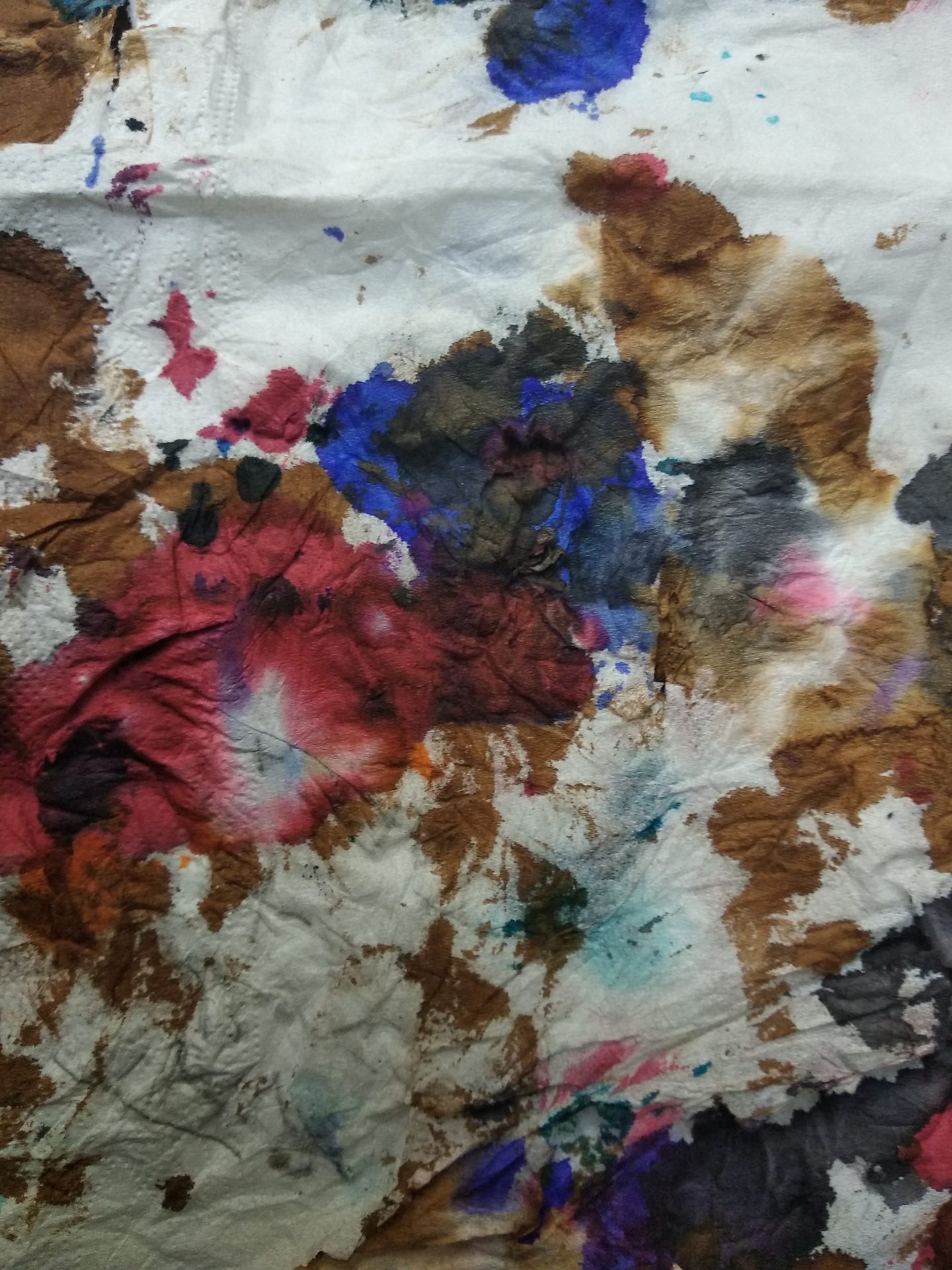
Inks have not only written the history of the world, but were often the key ingredient that helped shape the events that history is made of.
Ink. The Lifeforce that flows through the veins of our pens. The liquid that transfers our thoughts on to the writing surface, transforming itself, to save our feelings, ideas and thoughts for posterity.
Inks have never ceased to fascinate me and somehow, I have the feeling that the story of ink, is also the story of civilisation, of progress. Our histories are full of inks, if not inked literally – from our printed documents to our printed books, from our parchment scrolls to the Palaeolithic cave wall paintings. In fact, there is also the e-ink, which is reusable and rests just under the surface of the screen, which make inks the longest running currency that has facilitated communication.
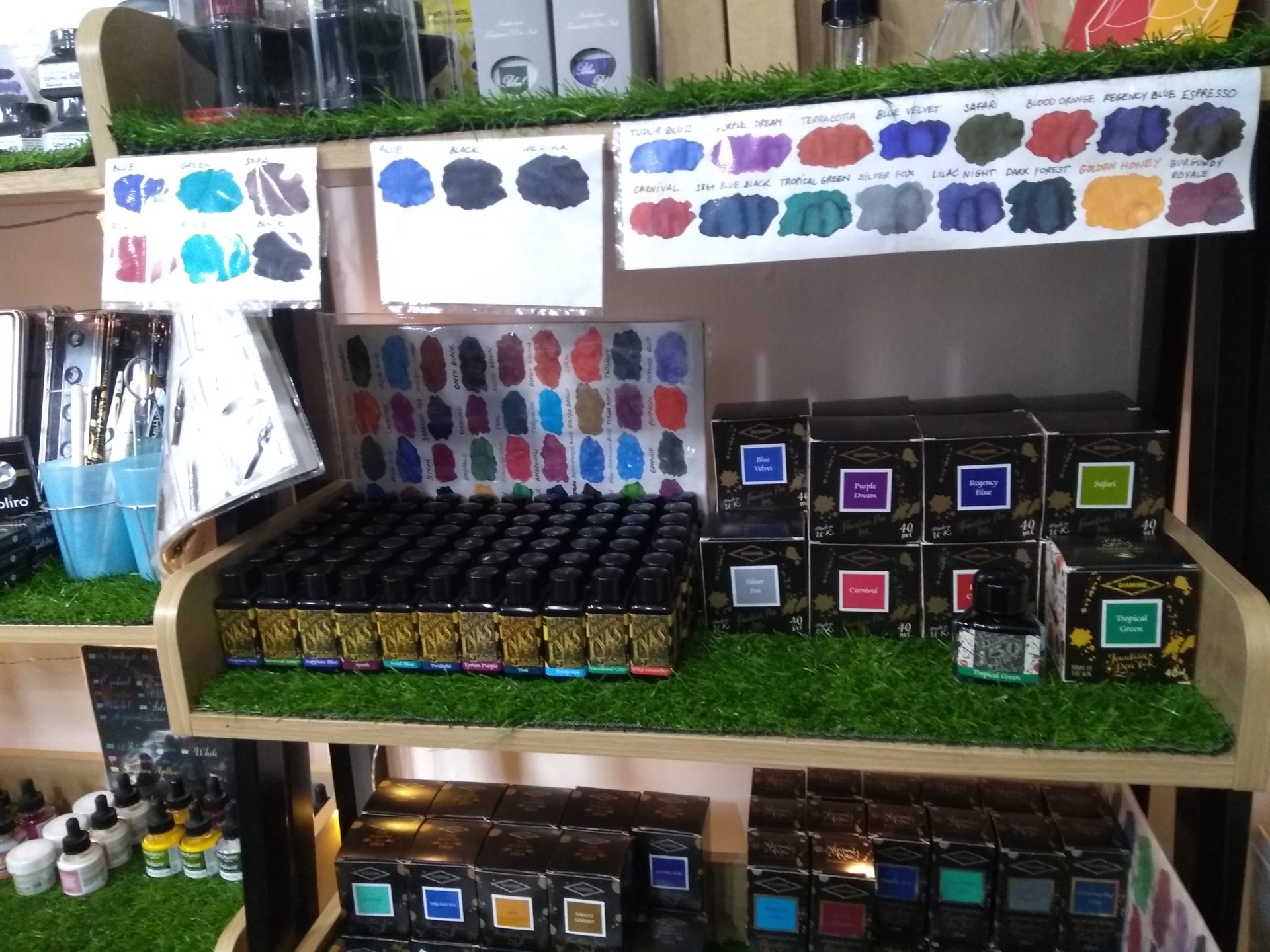
On a very basic level, ink consists of two things – a colour and a binder that helps the colour to attach itself on the intended surface. But the way these two things combine and the ingredients used to make them have, down the ages, given rise to innumerable permutations and combinations, which again have often been brought about by the constraints of time, geography, culture, religion, cost and a host of other factors. This alone makes ink one of the most complex objects in human history, its ubiquitous nature notwithstanding, making its story even more fascinating.
The inks that were used by the scholars in China where certainly different culturally than the inks that were used by the scribes in central Asia or the royal courts in Europe. The purpose, the cost, the usability, the accessibility – all casting their influence, leading to the differentiation. Similar is the difference between the inks that we use in our fountain pens and in our printers. The inks that were made for ritual writing were, to take the argument further, different from the inks that we use in our modern-day fountain pens, which are mostly made to be eco-friendly and bio degradable, as opposed again, from the inks that fuel the disposable pens.
Take Chinese Ink (also known as Indian Ink) for example – a glossy, dark black, carbon-based ink that is known for its durability and was the staple for scribes and artists alike across Asia for many centuries. Traditionally made to be stored in the solid form, it was meant to be liquified by the user, giving him or her control over the viscosity and thickness of the ink, depending on the intended usage. The glue used to be animal fat mostly, while the carbon was obtained either from soot generated by oil lamps or by burning bones, or even wood. Over time, the art of making ink was naturally perfected and the masters could not only make inks of different colours and hues, but also added incenses and a variety of other materials, making inks attain the status of an elixir. That is 5000 years of inks – Confucianism, Taoism, Buddhism and Jainism. The ultimate Light of an inky way.
The Maya Blue, created by burning indigo found in local plants and a type of clay (palygorskite) to write with, apart from having a huge ritual association with Gods like Chaac, had developed far away in the Americas. This vibrant, sky coloured Azure ink was another one of the enigmas that was lost to time. This blue is known for its ability to retain its vibrancy for centuries and has never ceased to amaze the experts who are still working to unravel its secrets.
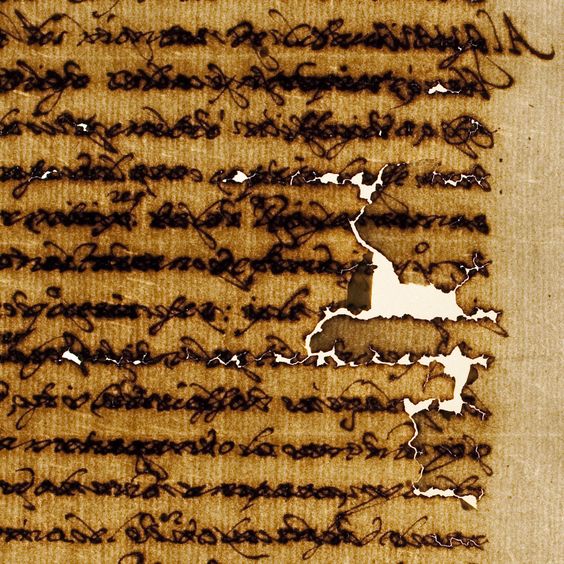
Gall nuts from Oak trees, Iron Sulphate, Gum Arabic and Water mixed together made, and we should hasten to add “much later” here, the Iron Gall Ink. Well, this concoction, often made by hand and later on, in small batched commercially, was the “common ink” that dominated almost all things written from the Middle Ages to the dawn of the 20th century. With its characteristic “rusty” hue and its habit of eating through the written word over time, it is, some experts opine, among the most recognisable inks in the world.
Gutenberg, with his printing press also stretched the horizons of ink as the new printing technology demanded the development of a new kind of ink that would, with different viscosity and thick consistency, stick to the moving typefaces. The result was the development of an oil-based ink, the rest being history.
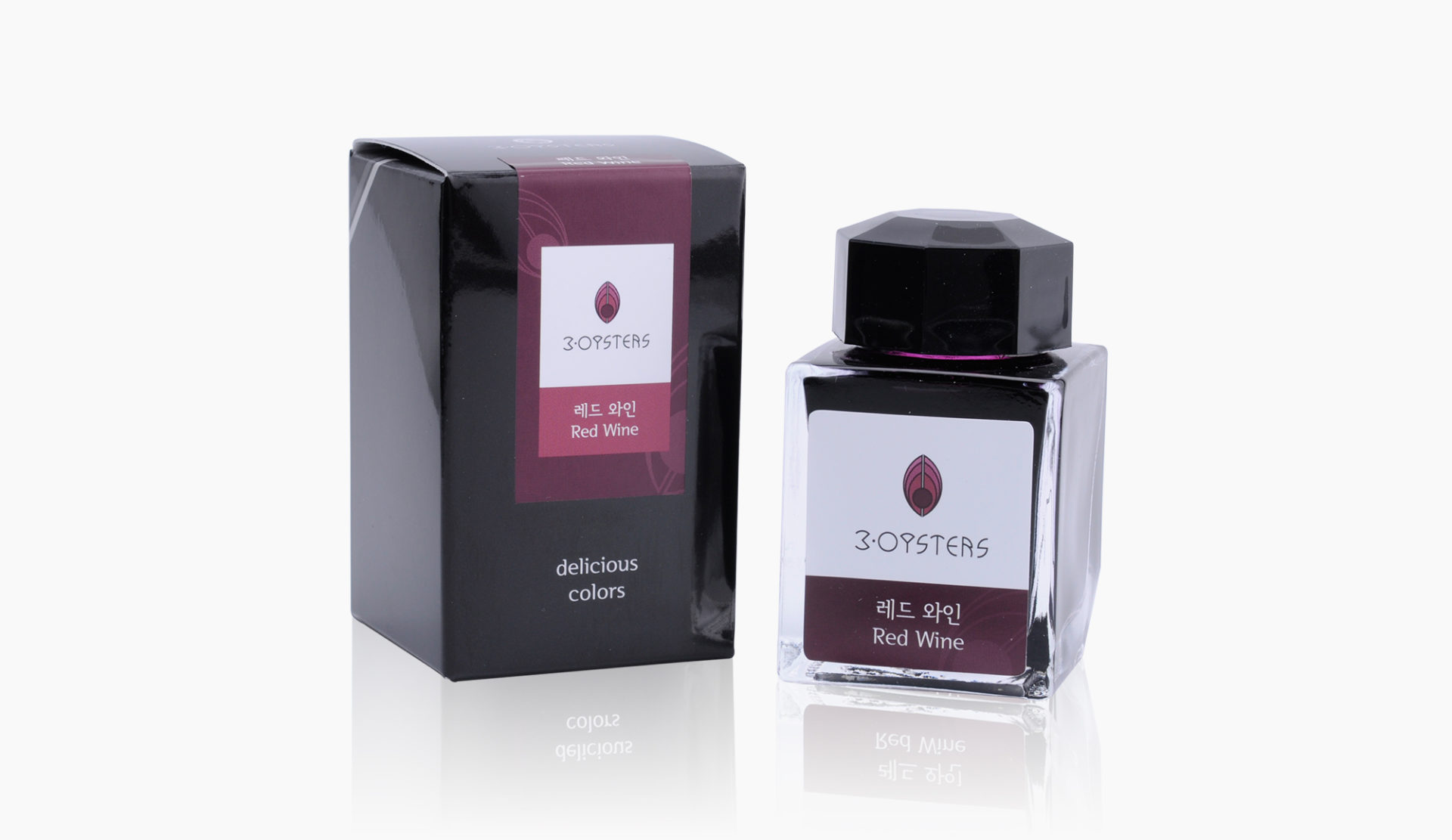
Between Gutenberg (1440) unveiling the printing press and Epson building the first electronic printer (1965 or thereabouts) which also called for specialised inks, was László József Bíró who presented the first production of the ballpoint pen at the Budapest International Fair in 1931. The invention, incidentally, was brought about by Bíró, a journalist, noticing how inks used by printing presses were quick drying and smudge-free. The development of inks for ball point, dot and gel pens that followed is off course, another story. I will neither venture into the world of the dot-matrix, inkjet, laser printer inks nor dwell upon the inks that are the staple of the now ubiquitous use and throw pens. Suffice to say, there are inks in every belly.
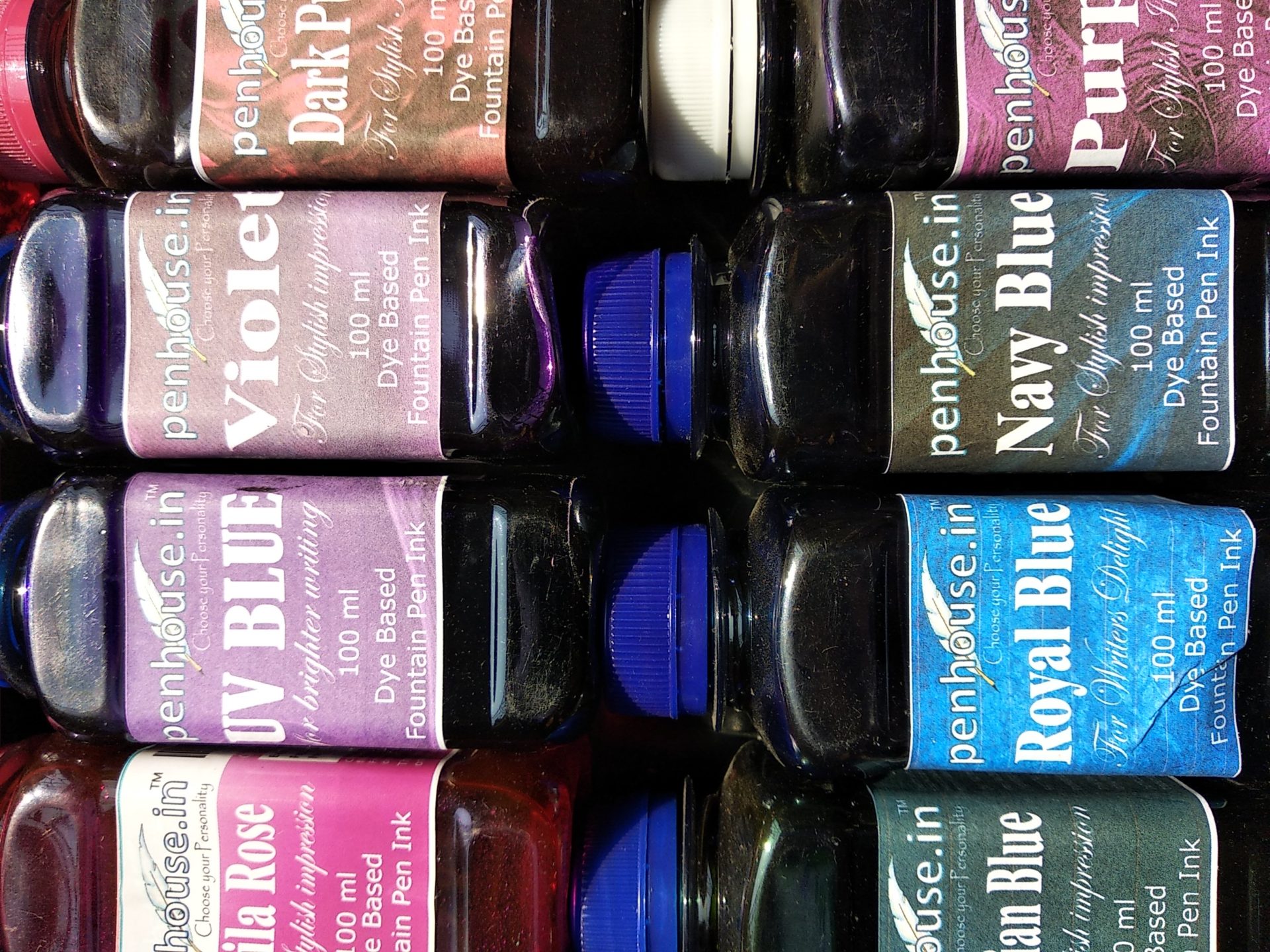
There is another type of ink for which we in India can justifiably pat ourselves in the back for – the indelible ink: the ink that mark our fingers every time we participate in the dance of democracy. The ink was developed by the scientists at the National Physical Laboratory in New Delhi way back in 1962, just before the third general elections in the newly independent India. Mysore Paints and Varnish Limited is the sole authorised manufacturer of this ink which no chemical or soap can wash off or remove.
Well, neither can anything wash off the contribution of inks on human development.
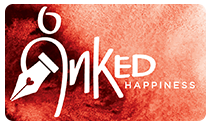
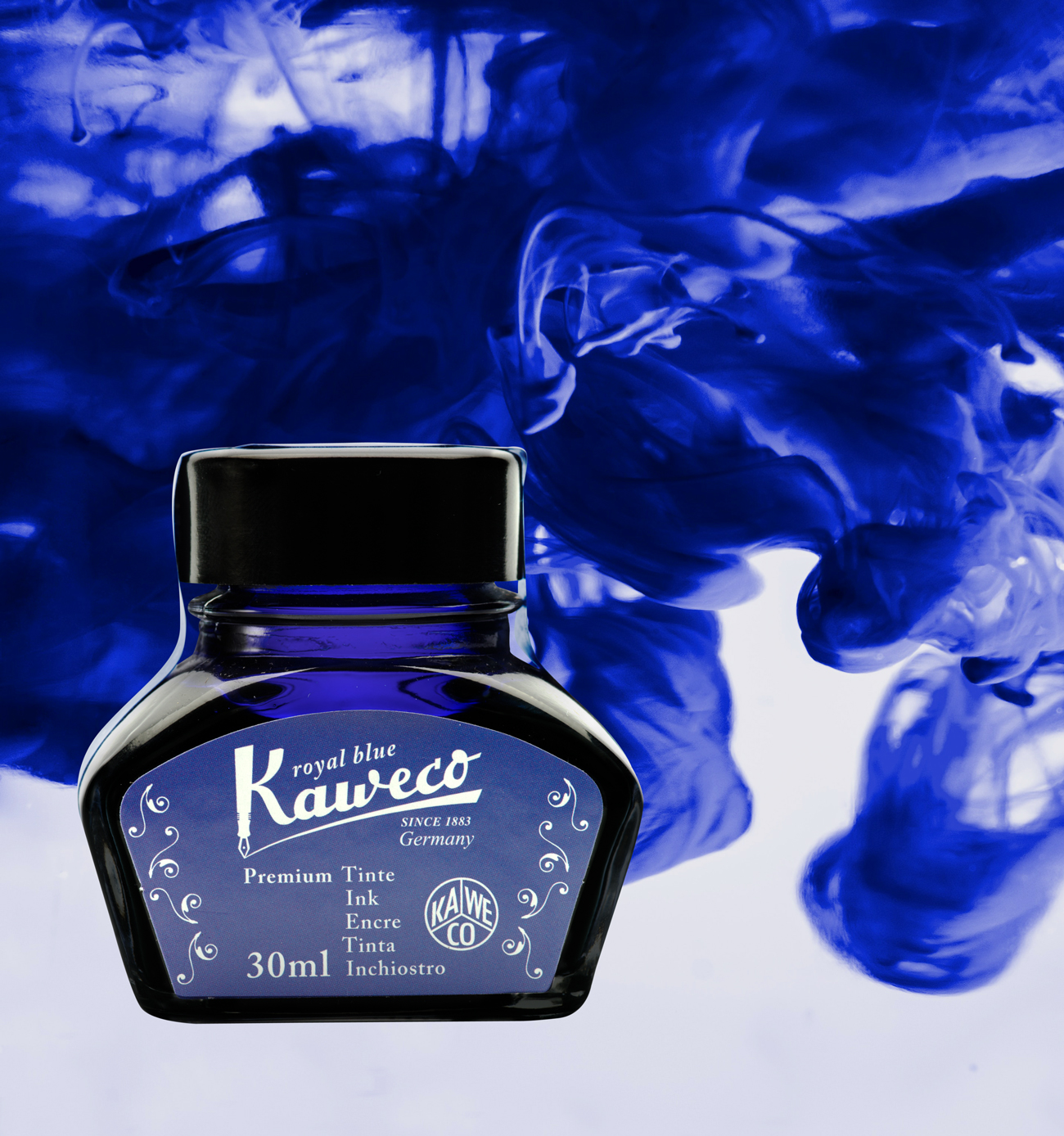
Very nicely written. Good read. Thank you, Sir.